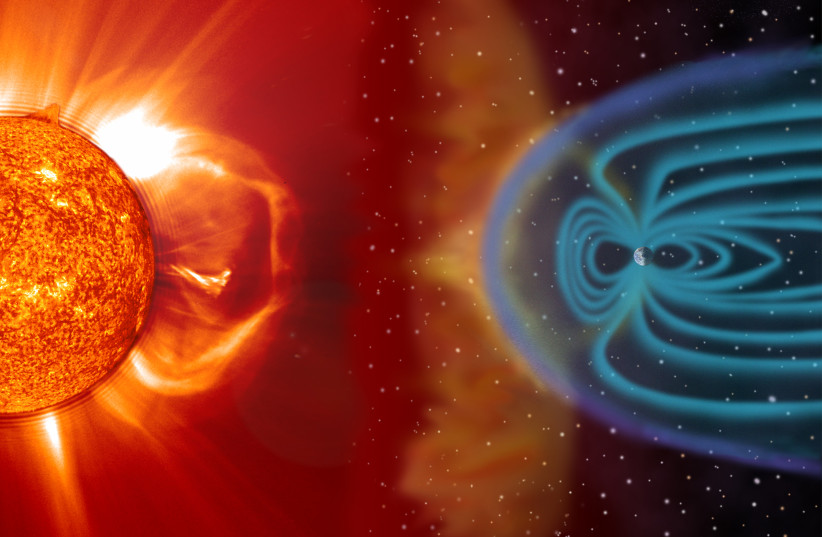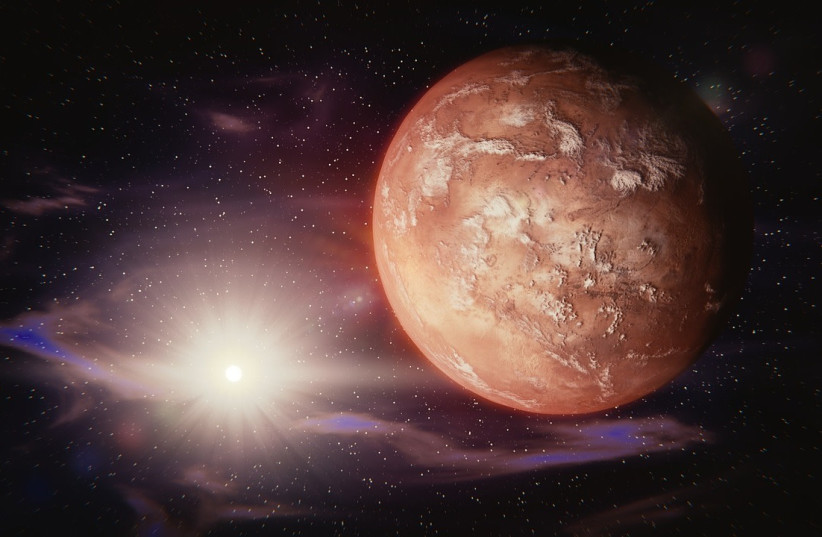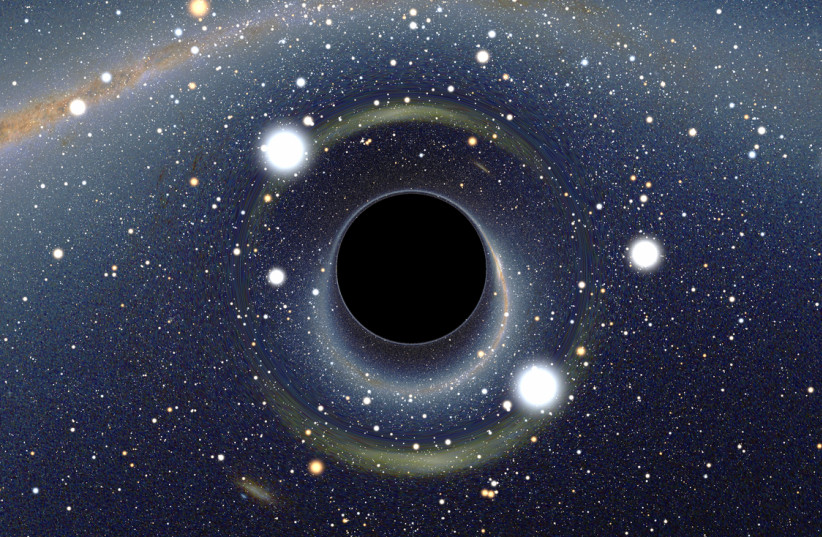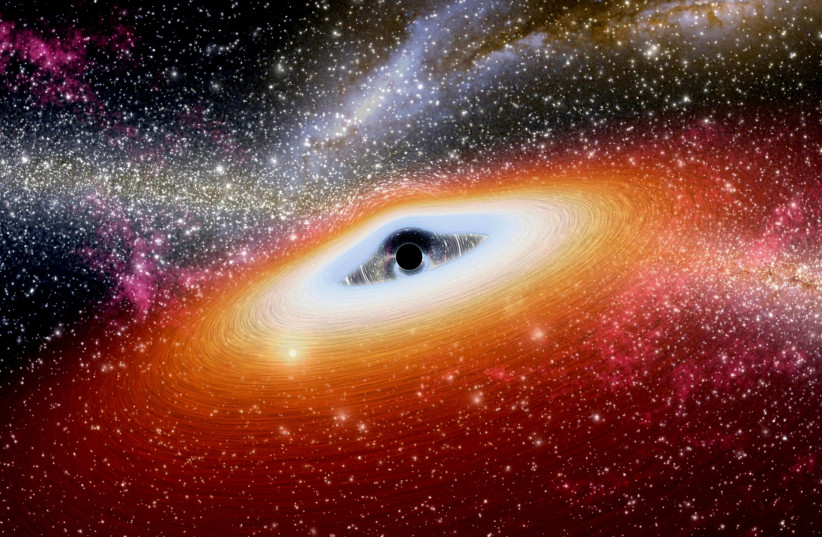By WEIZMANN INSTITUTE OF SCIENCE JULY 28, 2022
Researchers find evidence of fire that dates back at least 800,000 years.
The researchers find one of the earliest pieces of evidence supporting the usage of fire using cutting-edge AI methods.
There’s a saying that where there’s smoke, there’s fire, and
Weizmann Institute of Science researchers are working hard to explore that claim, or at the very least to define what “smoke” is. The researchers describe a
cutting-edge, ground-breaking technique they have created and used to find nonvisual signs of fire that date back at least 800,000 years, one of the earliest known indications of the use of fire, in a recent paper that was published in Proceedings of the National Academy of Sciences.
The newly created method could help push archaeology in the direction of a more data-driven, scientific approach, but perhaps more crucially, it might help us comprehend the beginnings of the human story, our most fundamental traditions, and our tendency for experimentation and innovation.
Archaeologists think that Homo habilis started to evolve into Homo erectus about the time when ancient hominins, a group that includes humans and some of our extinct family members, first used fire in controlled manners. This is thought to have occurred about a million years ago. That’s no coincidence, since the “cooking hypothesis,” the working theory, contends that the use of fire played a crucial role in human development, enabling hominins to not only remain warm, make sophisticated tools, and fend off predators, but also to develop the ability to cook.
(Left to right) Dr. Filipe Natalio, Dr. Ido Azuri and Zane Stepka. Credit: Weizmann Institute of ScienceCooking meat not only eliminates pathogens but increases efficient protein digestion and nutritional value, paving the way for the growth of the brain. The only problem with this hypothesis is a lack of data: since finding archaeological evidence of pyrotechnology primarily relies on visual identification of modifications resulting from the combustion of objects (mainly, a color change), traditional methods have managed to find widespread evidence of fire use no older than 200,000 years.
While there is some evidence of fire dating back to 500,000 years ago, it remains sparse, with only five archaeological sites around the world providing reliable evidence of ancient fire.
“We may have just found the sixth site,” says Dr. Filipe Natalio of Weizmann’s Plant and Environmental Sciences Department, whose previous collaboration with Dr. Ido Azuri, of Weizmann’s Life Core Facilities Department, and colleagues provided the basis for this project.
Together they pioneered the application of
AI and spectroscopy in archaeology to find indications of the controlled burning of stone tools dating back to between 200,000 and 420,000 years ago in Israel. Now they’re back, joined by Ph.D. student Zane Stepka, Dr. Liora Kolska Horwitz from the
Hebrew University of Jerusalem, and Prof. Michael Chazan from the
University of Toronto, Canada.
Archaeological excavations at Evron Quarry, 1976-77. Credit: Evron Quarry Excavation Archive
The team upped the ante by taking a “fishing expedition” – casting far out into the water and seeing what they could reel back in. “When we started this project,” says Natalio, “the archaeologists who’ve been analyzing the findings from Evron Quarry told us we wouldn’t find anything. We should have made a bet.”
Evron Quarry, located in the Western Galilee, is an open-air archaeological site that was first discovered in the mid-1970s. During a series of excavations that took place at that time and were led by Prof. Avraham Ronen, archaeologists dug down 14 meters and uncovered a large array of animal fossils and Paleolithic tools dating back to between 800,000 and 1 million years ago, making it one of the oldest sites in Israel.
None of the finds from the site or the soil in which they were found had any visual evidence of heat: ash and charcoal degrade over time, eliminating the chances of finding visual evidence of burning. Thus, if the Weizmann scientists wanted to find evidence of fire, they had to search farther afield.
The “fishing” expedition began with the development of a more advanced AI model than they had previously used. “We tested a variety of methods, among them traditional data analysis methods, machine learning modeling and more advanced deep learning models,” says Azuri, who headed the development of the models.
“The deep learning models that prevailed had a specific architecture that outperformed the others and successfully gave us the confidence we needed to further use this tool in an archaeological context having no visual signs of fire use.” The advantage of AI is that it can find hidden patterns across a multitude of scales. By pinpointing the chemical composition of materials down to the molecular level, the output of the model can estimate the temperature to which the stone tools were heated, ultimately providing information about past human behaviors.
Flint tools found at the Evron Quarry.
Credit: Zane Stepka
With an accurate AI method in hand, the team could start fishing for molecular signals from the stone tools used by the inhabitants of the Evron Quarry almost a million years ago. To this end, the team assessed the heat exposure of 26 flint tools found at the site almost half a century ago.
The results revealed that the tools had been heated to a wide range of temperatures – some exceeding 600°C. In addition, using a different spectroscopic technique, they analyzed 87 faunal remains and discovered that the tusk of an extinct elephant also exhibited structural changes resulting from heating. While cautious in their claim, the presence of hidden heat suggests that our ancient ancestors, not unlike the scientists themselves, were experimentalists.
According to the research team, by looking at archaeology from a different perspective and using new tools, we may find much more than we initially thought. The methods they’ve developed could be applied, for example, at other Lower Paleolithic sites to identify nonvisual evidence of fire use. Furthermore, this method could perhaps offer a renewed spatiotemporal perspective on the origins and controlled use of fire, helping us to better understand how hominin’s pyrotechnology-related behaviors evolved and drove other behaviors.
“Especially in the case of early fire,” says Stepka, “
if we use this method at archaeological sites that are one or two million years old, we might learn something new.”By all accounts, the fishing expedition was a resounding success. “It was not only a demonstration of exploration and being rewarded in terms of the knowledge gained,” says Natalio, “but of the potential that lies in combining different disciplines: Ido has a background in quantum chemistry, Zane is a scientific archaeologist, and Liora and Michael are prehistorians. By working together, we have learned from each other. For me, it’s a demonstration of how scientific research across the humanities and science should work.”

Recommend this post and follow
Sputnik's Orbit
Posted by Erectus Chuck





























